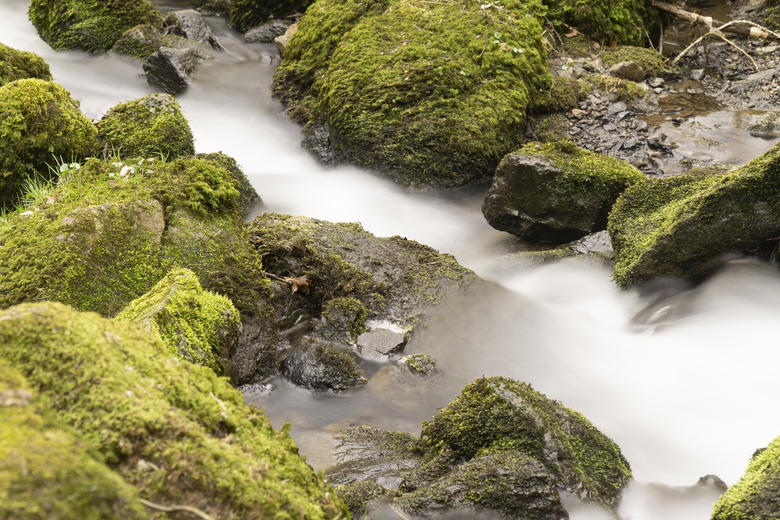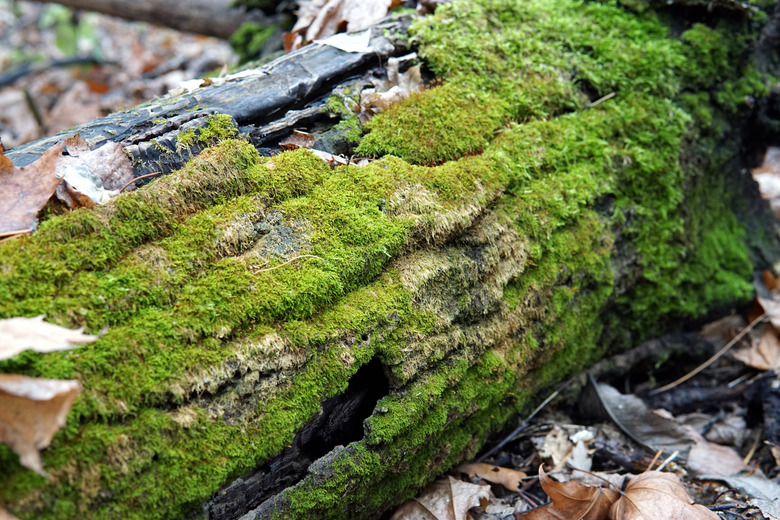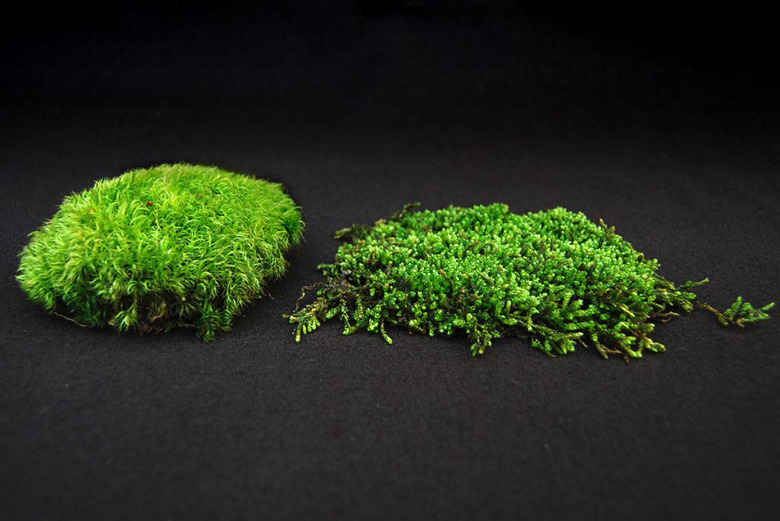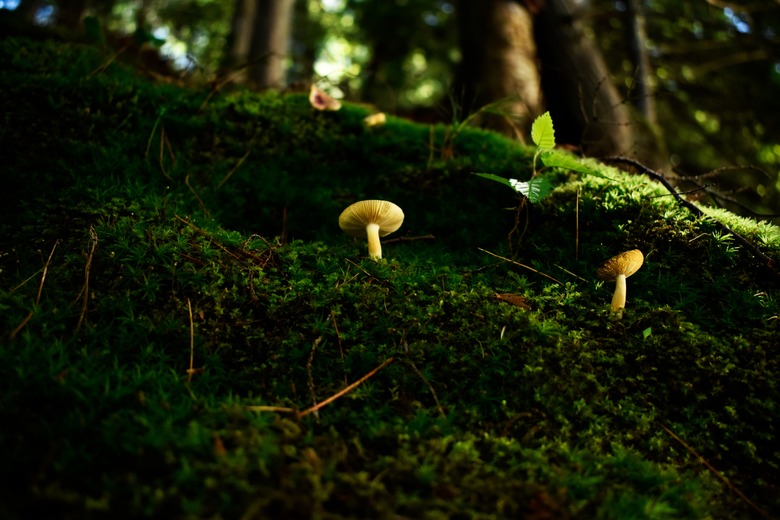How To Grow Moss
When many people think of moss, they visualize a dense, green, carpet-like ground cover, and while that's a good description of one type of moss, there are many others, and some may surprise you. Common haircap (Polytrichum commune) features vertical branches that can grow to a height of almost two feet, resembling a tiny pine tree. Silky forklet moss (Dicranella heteromalla) grows in lush, grass-like clumps; and glittering wood moss (Hylocomium splendens)has iridescent yellowish caplets and red stems, proving that moss isn't always green.
Because of its propensity for growing on roofs, sidewalks and other unwanted places, moss doesn't always get the love it deserves from gardeners. Moss benefits the soil by improving its ability to retain moisture and counteracting erosion, and it acts as a bioindicator of acid rain and air pollution. Propagating one of the 9,000 or so species in your garden adds texture and gives the garden a mature, "lived-in" quality.
Related to algae and lichens, moss doesn't have a root system. That doesn't make moss any easier or more difficult to grow than a rooted plant, but it does have its own specific growth and care requirements.
How Does Moss Grow?
How Does Moss Grow?
Mosses are plants, even though they don't have many of the features associated with plants, including roots, fruit and flowers. They do have leaves, and they get their energy from photosynthesis. They get nourishment either directly from the water that washes over them or by drawing nutrients from the substrate on which they are growing. They attach themselves to the substrate on by means of a fibrous network of rhizoids, and they reproduce by means of spores, which are analogous to the seeds of a flowering plant. They can also reproduce asexually by simply breaking apart into pieces that can grow independently.
Moss can grow on rocks, logs and even roof shingles. It can also grow in most types of soil, provided the soil is dense enough to support it. Shifting sand or gravel is not a good substrate, because it can shift and disrupt the rhizoids. Generally, moss prefers a smooth substrate, so if you're planting it on the ground, you'll want to fill deep depressions to create a continuous surface to which the rhizoids can cling.
Soil acidity isn't a major factor, although moss does prefer acidic soil with a pH between 5. and 5.5. If you're planning on planting moss, it's a good idea to check the soil pH, and if it's significantly higher than 7.0, you might consider adding aluminum sulfate to bring it down.
Choosing Which Moss to Grow
Choosing Which Moss to Grow
The thousands of moss species in the world form two broad groups: acrocarps and pleurocarps. The difference between them has to do primarily with growth patterns. Acrocarps grow upright, and the female sex organs – the archegonia – are on the tips of the branches. Common haircap is an example. Pleurocarps, such as common fern moss (Thuidium delicatulum), send out horizontal shoots, and the archegonia are on the tips of those shoots. Acrocarps grow individually or in clumps, whereas pleurocarps spread out chaotically. If you're looking to highlight a particular area of the garden with a decorative moss, you'd probably choose an acrocarp, but if you're looking for ground cover, a pleurocarp would be a better choice.
Acrocarps and pleurocarps grow at different rates and have different moisture requirements. No moss grows quickly, but pleurocarps grow more quickly than acrocarps. They can also tolerate constant moisture, whereas acrocarps must dry out periodically to prevent rotting. Pleurocarps can attach themselves more readily to hard surfaces and, because they grow closer to the ground, they are easier to maintain. They can also regenerate themselves from broken fragments.
A winning strategy for a new moss garden is to start with one or more pleurocarps. Once these become established, they can act as nurseries for colonies of acrocarpous species.
Tips for Starting a Moss Garden
Tips for Starting a Moss Garden
Mosses can grow whenever they have sufficient sunlight and moisture. They can grow even if the temperature falls below 32 degrees Fahrenheit, although they will go dormant when the temperature falls below 20 F.
When choosing a location, it's important that the area be free of weeds, grasses or other plants that will grow through the moss and prevent its rhizoids from attaching themselves to the substrate. If you're planning to establish a large colony, such as a moss lawn, prepare the ground by covering it with leaves or landscape fabric for a month or two to kill all pre-emergent growth. Any water runoff that passes through the area will also disrupt the rhizoids, so it's important to divert runoff away.
"Planting" moss usually doesn't involve any digging or soil preparation. Moisten the surface, then place the moss sample that you bought at a nursery or obtained from another part of the garden. Press it down firmly and spray it with water. Continue to water daily for 2 to 3 weeks until the moss gets established. After that, the moss requires little care other than regular watering. Unlike other types of plants, moss—especially acrocarpous moss—likes to be watered when it's sunny and doesn't like to be watered at night. Remember that acrocarps must dry out between waterings to prevent rot.
You can plant moss on vertical surfaces, such as a wall, or on statues or other garden features by making a moss solution in a bucket or in your blender. Mix two cups of yogurt or buttermilk with 1 1/2 cups of chopped moss and stir into a mixture you can spread with a sponge or paintbrush. Keep the moss moist by spraying it every day until it gets established and starts to grow vigorously. This method works even with "dead" (actually dormant) moss.



